How to Disinfect Pots After a Succulent Pest Issue
Dealing with pests on succulents can be frustrating and can put your other plants at risk if you do not handle it properly. To prevent pests and diseases from spreading, you need to disinfect the pots after removing affected succulents. Cleaning and disinfecting your pots removes any lingering pests, eggs, or harmful bacteria that can hide in old soil or cracks.
Properly sanitized pots give your succulents a fresh start and help keep them healthy as they grow. Taking these simple precautions is an easy way to protect your plants and avoid future problems, so you can enjoy your succulent collection with peace of mind.
Why Disinfecting Succulent Pots After a Pest Issue Is Essential

Disinfecting pots after finding pests is key to stopping plant diseases, protecting your succulents, and avoiding future infestations. Cleaning goes beyond just removing pests, it helps create a safer environment for healthy growth.
Preventing the Spread of Plant Diseases
Pests often leave behind bacteria, fungal spores, or viruses that you cannot see. These harmful agents can easily transfer to new plants if the pots are not properly disinfected.
Dirty pots can help spread these diseases to other succulents in your collection. This can quickly turn a small problem into a bigger issue, putting all your plants at risk.
Symptoms like yellowing leaves or wilting may appear in new plants placed in contaminated pots. Using a disinfectant removes these hidden risks and makes it easier to keep your plants healthy.
- Common plant diseases spread by contaminated pots:
- Root rot
- Powdery mildew
- Leaf spot diseases
Protecting Plant Health and Recovery
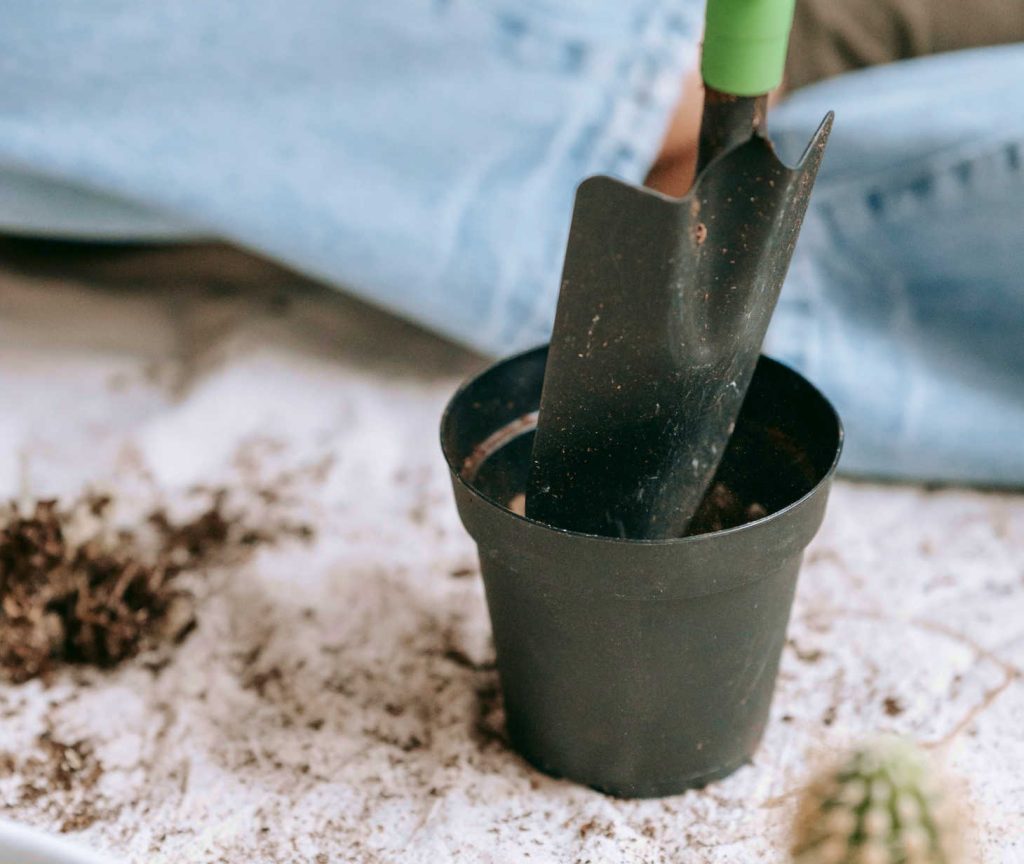
After a pest outbreak, recovering succulents need a healthy start in a clean environment. Even small bits of old soil or pest remains can stress plants and slow their recovery.
Disinfecting helps eliminate eggs, larvae, and harmful microbes left in cracks or on rim surfaces. This step can make a real difference in improving your plant’s chances to bounce back, produce new roots, and grow strong.
Plants are more likely to thrive, without yellowing leaves or stunted growth, when they are returned to disinfected pots. Healthy soil and a sanitized container help your succulent focus energy on growing, not on fighting hidden problems.
Reducing Risk of Recurring Infestations
Leftover pests and their eggs can hide in tiny spaces in pots, making repeat outbreaks more likely. Even thorough washing without disinfecting can miss these pests, leading to another infestation shortly after replanting.
Disinfecting with approved methods such as soaking pots in a diluted bleach solution or scrubbing with hot, soapy water targets both pests and their eggs. This lowers the chance of pests returning.
By making disinfection a regular part of your post-pest routine, you help stop the pest cycle. Your succulents get a fresh start, and you avoid frustration from ongoing pest problems.
Step-by-Step Guide to Disinfecting Pots After Succulent Pests
Pests like spider mites and ants can leave harmful bacteria, eggs, or larvae in your succulent pots. Thorough cleaning and disinfection remove these hidden threats, lowering the risk of future infestations.
Removing Soil and Debris from Containers
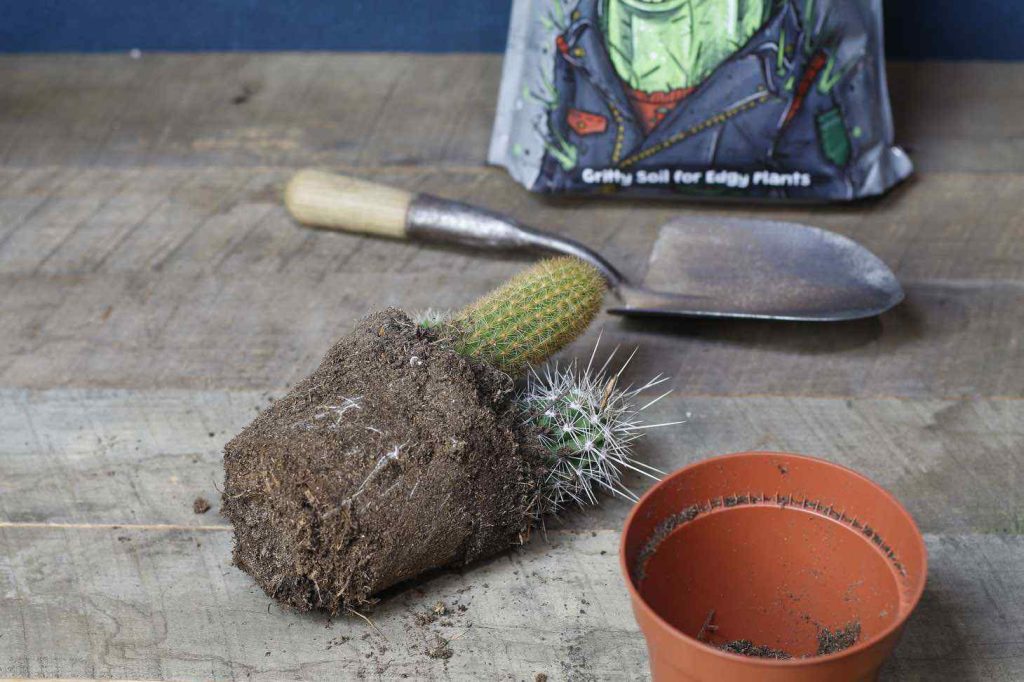
Start by removing all soil from each pot. Old soil may hide pest eggs left behind by spider mites or ants, insect larvae, or even fungal spores waiting to ruin your next plant you choose to add. Dump the soil into a sealed bag and discard it in the trash rather than your compost pile.
Use a stiff brush to scrub away any stuck dirt. Pay close attention to the rim, base, and any corners where pests might hide. For pots with drainage holes, check them for trapped debris or pest nests.
If your container has mineral stains or salt build-up, gently chip these away with a dull butter knife or soak the pot briefly in warm water to loosen tough residue. Thorough cleaning helps disinfectants reach all surfaces.
Choosing Effective Disinfectants for Succulent Pots
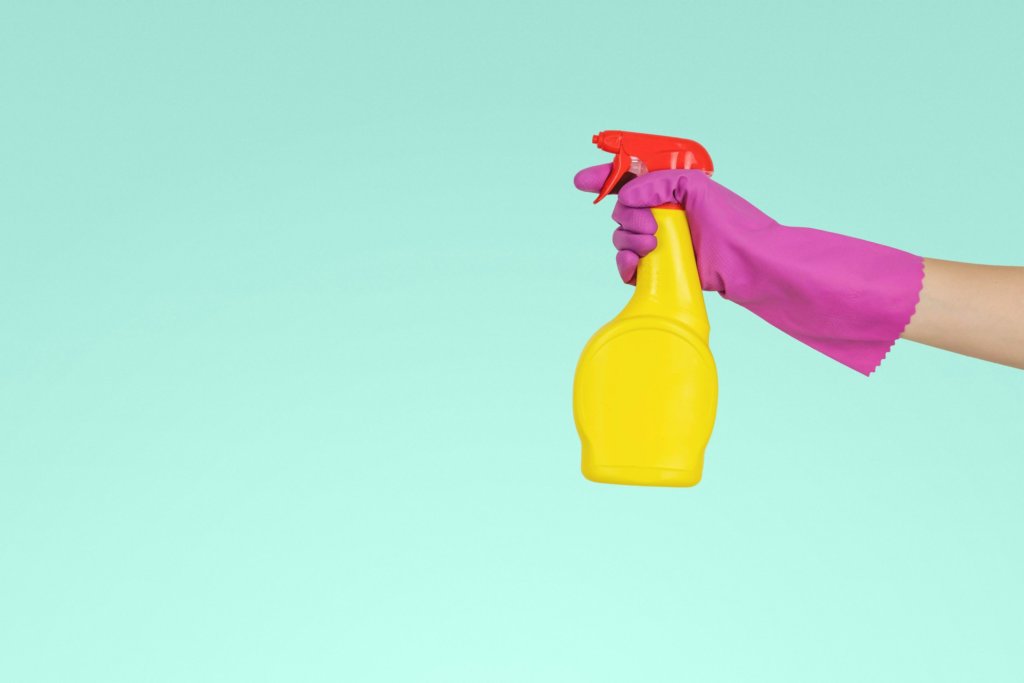
Select a disinfectant that is effective yet safe for the type of pot you have. For terracotta or clay pots, hydrogen peroxide is an excellent choice.
For plastic or glazed ceramic pots, isopropyl alcohol (at least 70%) works well against pests and their eggs. Regular dish soap or mild vinegar solutions help, but are less effective against spider mite eggs.
Using bleach is an option for disinfecting pots, but it’s important to use it cautiously and dilute it properly. Choose a method that disinfects without leaving harmful residues.
Proper Techniques for Cleaning and Soaking
After scrubbing and selecting your disinfectant, fully submerge unglazed pots in the cleaning solution for at least 10–20 minutes. This soak time helps the disinfectant reach small pores where pests and eggs might remain.
For larger or non-submersible pots, coat the surfaces with your chosen solution using a sponge or spray bottle, ensuring all areas stay wet for the required contact time.
Pay special attention to the inside rim, base, and drainage holes. These areas often hide pest problems. Scrubbing with a brush while the disinfectant is applied increases effectiveness. Rinse pots thoroughly with clean water afterward to remove any chemical residue.
Drying and Storing Disinfected Pots

Let your pots air dry fully before reuse. Place them upside down on a clean towel or drying rack to ensure water drains from all surfaces. Direct sunlight is helpful, especially for terracotta pots, because UV rays can further reduce bacteria.
Honestly, after cleaning your pots let them bake in the hot sun if possible. The sun sanitizes just about everything and will evaporate any residual chemicals!
Store dry, disinfected pots in a clean, pest-free area. Avoid piling them where pests like ants can crawl inside. If reusing for succulents, confirm the pots are completely dry, as lingering moisture can cause root rot or attract new pests.
Keep your cleaning tools, brushes, towels, or sponges, clean and dry as well. This prevents cross-contamination for the next use. Proper storage protects your hard work and helps stop future pest issues.
Selecting Safe and Effective Disinfection Methods
When dealing with pests on succulents, it’s important to clean and disinfect your pots well. Different methods work better for different pot materials and pest concerns, and safety should always come first.
Using Bleach Solutions for Deep Sanitization

Bleach is one of the most reliable ways to disinfect garden pots, especially after pest infestations. Mix 1 part unscented household bleach to 9 parts water. Soak the pots in this solution for at least 10 minutes to kill most bacteria, fungi, and pests.
After soaking, rinse each pot thoroughly with clean water to remove any bleach residue. This prevents bleach from harming your plants later. Bleach works well on plastic, glazed ceramic, and clay pots, but remember that its fumes are strong. Always use bleach in a well-ventilated area.
Steps for bleach sanitizing:
- Scrub off soil and debris first.
- Prepare a 1:9 bleach to water mix.
- Soak pots for 10+ minutes.
- Rinse with plenty of clean water.
Alternatives to Bleach: Vinegar, Hydrogen Peroxide, and Alcohol
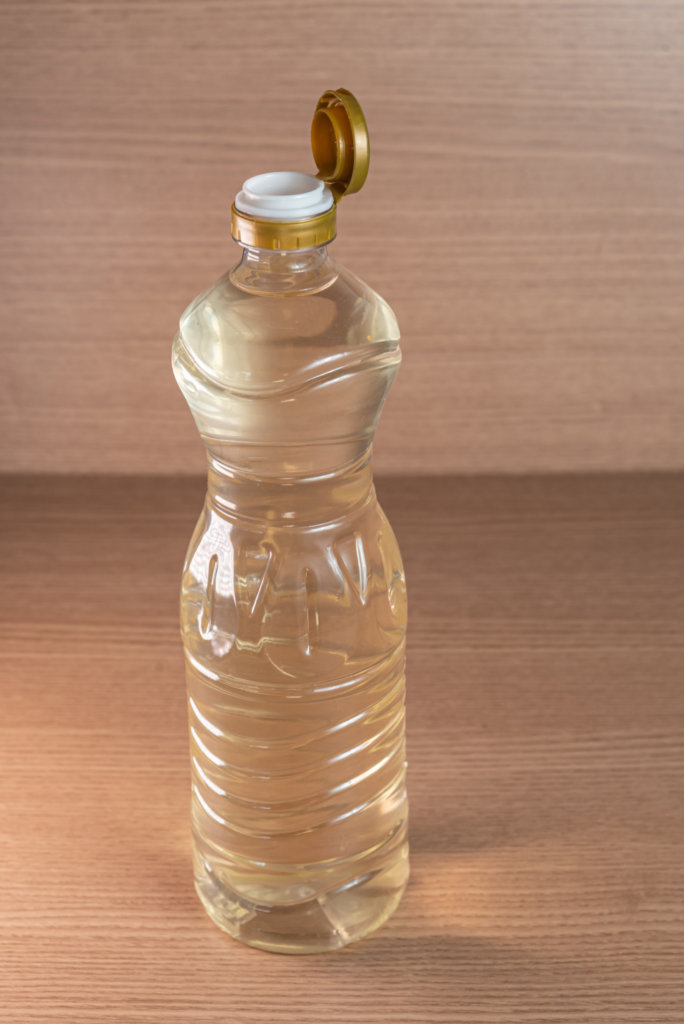
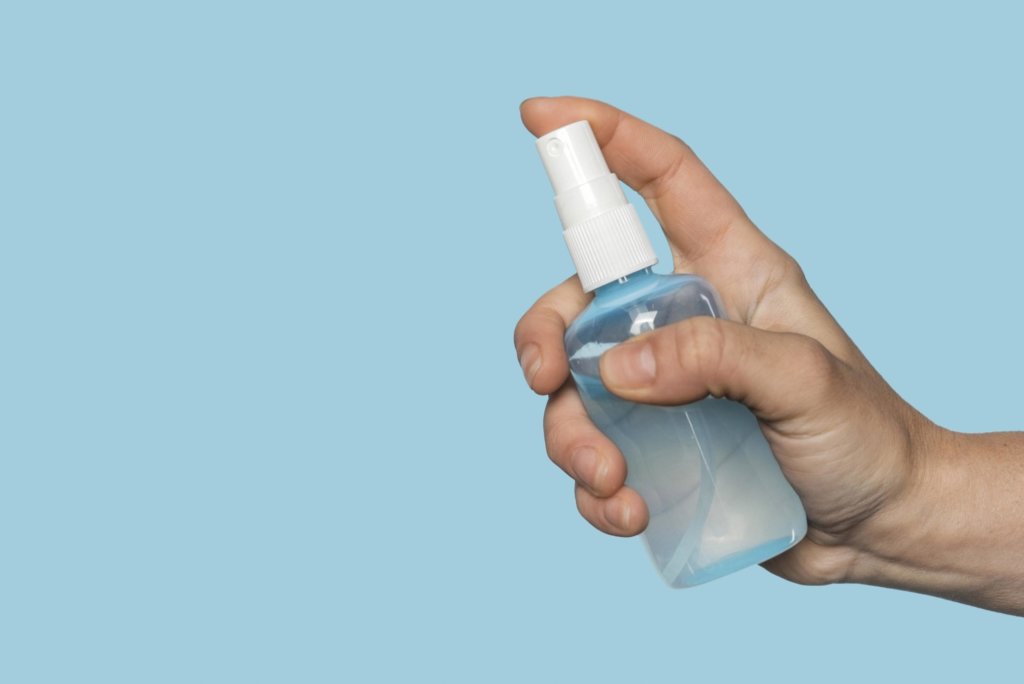
If you prefer not to use bleach, you have several other options. White vinegar is a natural option that disinfects and is less harsh. Use equal parts vinegar and water, soaking the pots for at least 30 minutes.
Hydrogen peroxide (3%) can also be used. Apply it directly to surfaces or soak the pots for about 10-15 minutes. Hydrogen peroxide kills germs but breaks down into water and oxygen, leaving no harmful residue.
Isopropyl alcohol (at least 70%) is useful for wiping down pot surfaces and tools. Spray or wipe the alcohol on, let it sit for a few minutes, then rinse with water. This method is quick but better for surface cleaning than heavy infestations.
| Disinfectant | Ratio/Strength | Soak Time | Good for |
|---|---|---|---|
| Bleach | 1:9 with water | 10+ mins | Deep cleaning |
| White Vinegar | 1:1 with water | 30+ mins | Mild disinfection |
| Hydrogen Peroxide 3% | Use undiluted | 10-15 mins | Germ removal |
| Isopropyl Alcohol 70%+ | Spray/wipe, undiluted | 3-5 mins | Quick surface use |
Safety Precautions When Handling Disinfectants
When using any disinfectant, safety is important. Wear gloves to protect your skin from irritation or chemical burns, especially when working with bleach or alcohol. If you’re handling bleach, use it in an open or well-ventilated area to avoid inhaling fumes.
Eye protection, like goggles, can keep accidental splashes from causing harm. Never mix bleach with vinegar or ammonia, because combining these chemicals produces dangerous fumes. Store all disinfectants out of reach of children and pets.
Always rinse pots thoroughly before reusing them. Even small traces of cleaner can harm your succulents if not washed away completely.

